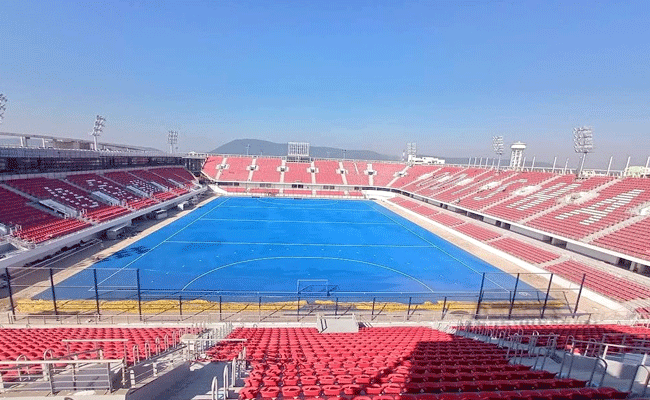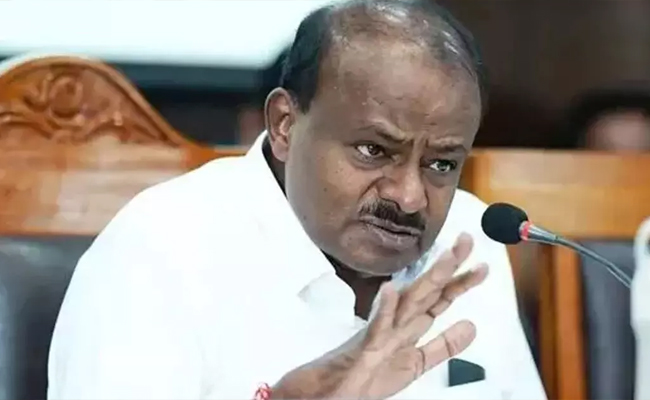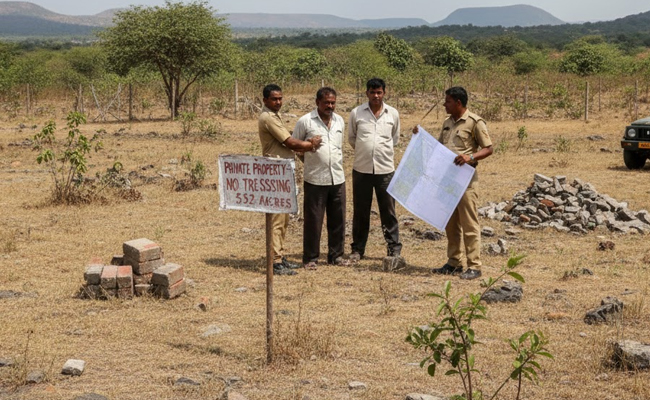Bhubaneswar (PTI): Amid a row over the status of Birsa Munda Hockey Stadium in Rourkela among major stadia across the globe, the Odisha government claimed that it is the world's largest facility in terms of seating capacity and certified by the International Hockey Federation (FIH).
The Rourkela facility will host the Men's World Cup Hockey, organised by the FIH, along with Kalinga Stadium in Bhubaneswar.
The tournament will be held between January 13 and 29.
After Chief Minister Naveen Patnaik inaugurated the "world's largest hockey stadium" in Rourkela on Thursday, a BJP MLA contested the claim and asserted that it is "the fourth".
"Birsa Munda Hockey Stadium in Rourkela is the world's biggest. We are not saying this. It has been certified by FIH that the stadium is the biggest in terms of seating capacity," Sports and Youth Affairs Minister T K Behera said.
BJP lawmaker Shankar Oram from Biramitrapur in Sundergarh district claimed that the National Hockey Stadium in Pakistan's Lahore with a capacity of 45,000 people is the world's largest.
It is followed by Chandigarh Hockey Stadium (30,000) and Weingart Stadium (multipurpose) in Los Angeles in the US (22,355).
"Bisra Munda Hockey Stadium comes at number four", he said wondering how the chief minister called it the world's largest.
Odisha's Sports Secretary R Vaineel Krishna had earlier clarified to PTI that the Bisra Munda Hockey Stadium is the largest as 20,000 people can formally seat and witness a match which is not available anywhere in India.
Other stadia in India might have the capacity to accommodate more people but that includes "standing accommodation", he said.
The Kalinga Stadium in Bhubaneswar has a seating arrangement for 15,000 people.
The Birsa Munda Stadium also has a World Cup Village with 225 rooms to house 400 players and officials. Of the total 44 matches of the World Cup, 20 will be played in Rourkela.
Let the Truth be known. If you read VB and like VB, please be a VB Supporter and Help us deliver the Truth to one and all.
Noida (PTI): A 46-year-old businessman was burnt to death after his moving car caught fire in Uttar Pradesh’s Gautam Buddha Nagar district, police said on Tuesday.
According to police, the victim was identified as Rajkumar Singhal, who was engaged in the paint business. The incident occurred late on Monday night near Sorkha village under the Sector 113 police station area.
Station House Officer Krishna Gopal Sharma said Singhal was driving towards Parthala Chowk when his vehicle suddenly caught fire for reasons yet to be ascertained.
Singhal was unable to get out of the car and died in the blaze, the SHO said.
Fire tenders reached the spot after receiving information, but the car had already been gutted, police said. The body has been sent for post-mortem examination and an investigation is underway.
Police suspect the presence of paint or other inflammable material in the car may have caused the fire to spread rapidly.





